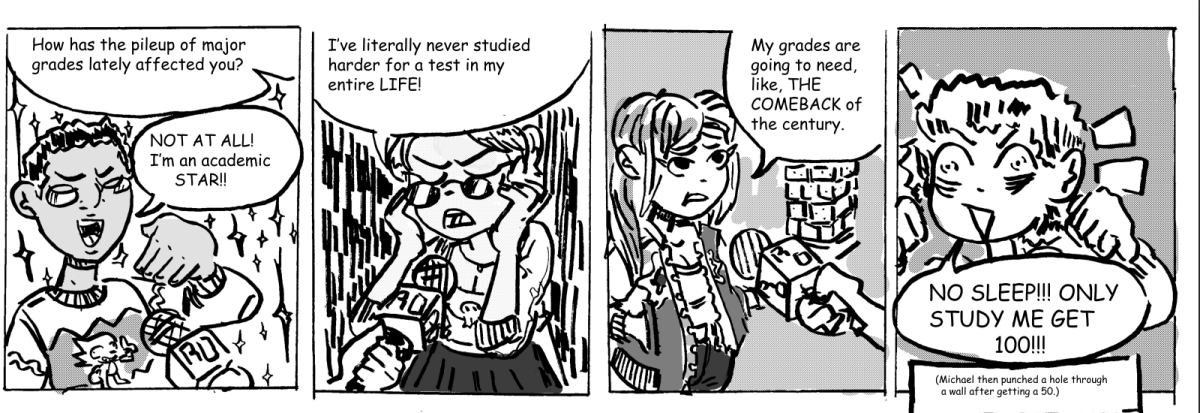For many years, animation was seen as a children’s genre. With the rise of the masterful animators at Pixar in the 90’s, animation became a family genre, films aimed at kids that also had enough mature jokes for adults.
But in recent years, the pioneering steps of Pixar have led other animation studios to create films that mix together startling images with what’s even more important: an emotional story and real characters. Now, the world has finally accepted the fact that animation is simply a medium for another genre altogether: people’s films. Dreamworks Animation took many years to catch on, stuffing every film to the brim with pompously contemporary pop culture jokes (from Shrek to Over the Hedge to Madagascar with varying results). However, they finally managed to pull themselves together with 2008’s Kung Fu Panda , a smart and hilarious film driven by a wonderful Asian world of kung-fu where all the comedy was character-based. 2010’s How to Train Your Dragon in 3-D accomplishes this feat again and more.
The storyline follows a simple and common archetype: a wannabe hero (the young son of a Viking champion named Hiccup, voiced by Jay Baruchel) wishes to receive fame from his people, but he instead discovers the errors of his people’s ways upon befriending the culture’s enemy (the rare and powerful dragon called Toothless) and deciding to help them. If this storyline sounds familiar, it’s probably because this same formula was employed in James Cameron’s 2009 epic Avatar. Both films used breathtaking animation and enveloping 3-D images to draw in viewers, especially in the flying sequences that defined both films. The difference, however, was that while Cameron focused more on three-dimensional spectacle than three-dimensional characters, Dragon‘s director/screenwriters Chris Sanders and Dean DeBlois have crafted a finely tuned script with spot-on voice acting that bring the entire movie to life.
Dreamworks owe much to Pixar for their achievements, though. As Hiccup and Toothless gradually transform from bitter enemies into fully blossomed friends, nearly all their exchanges are made without dialogue in the same fashion as Wall*E, some of which bring forth both hearty laughs and sadness worthy of tears. Up‘s flying sequences would have trouble comparing to the perfect mix of realistic atmospheres and supernatural circumstances when boy and dragon fly together over the sea and above the clouds. Just like Ratatouille and Toy Story, the jokes come strictly from the characters being themselves, and the movie’s goodness expands far beyond a laugh-per-minute ratio. Dreamworks also learned to hand their film over to strong voice actors instead of big stars. Gerard Butler, America Ferrera and Jonah Hill are hardly even recognizable in their parts, and lead Baruchel perfectly carries the weight of the film with his well-timed lines along with the sense of real wonder and astonishment in his high-pitched voice, feelings that are quickly passed along to the audience. After the first few minutes, viewer’s shouldn’t even care that Baruchel isn’t even speaking in Scottish like most of the cast.
With such a heavy focus on character, even experienced moviegoers will enjoy the basic storyline. This focus makes the plot’s small turns and surprises seem thrilling. Not only do the characters relate well to the audience, but they also relate well to each other. The rough friendships and competitions between the teenagers are realistic and the steadily growing love between Hiccup and Toothless is just as authentic as any real dog-and-man friendship. But even more heartbreaking and real is the relationship between Hiccup and his champion father Stoic the Vast (voiced by Butler), who is far from being the typical father figure who refuses to accept his child’s differences. Instead, Stoic is a father who has lived such a vastly different life than his son that he cannot comprehend how to love or understand his child, in spite of trying. Butler’s voice work is particularly commendable after creating a career out of muscular characters that are all brawn and no brain, the exact opposite of this whole film.
How to Train Your Dragon is highly re-watchable and constantly jaw-dropping, feeding the mind with a strong story, Avatar-like images and memorable characters. Kids and teenagers could enjoy it, parents of any age could enjoy it with or without their children, and people of any upbringing or heritage could enjoy it. This is a people’s film at its best, made to be enjoyed by groups who can share the laughter, share the tears, and together fly into this fantastic adventure.
4.5 out of 5 stars








